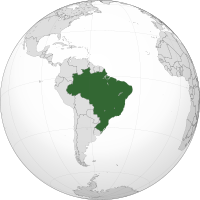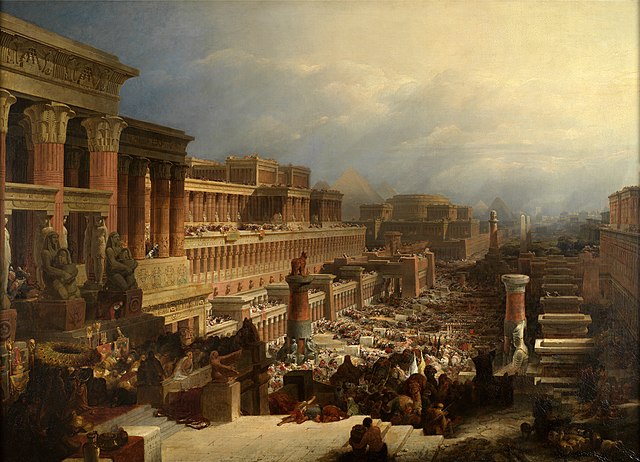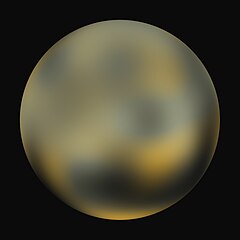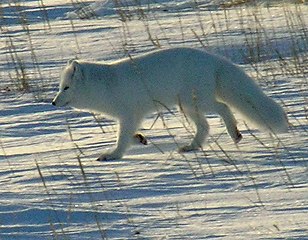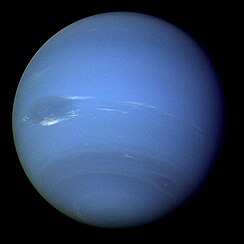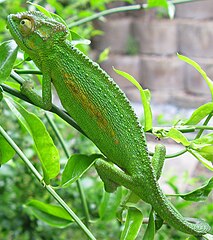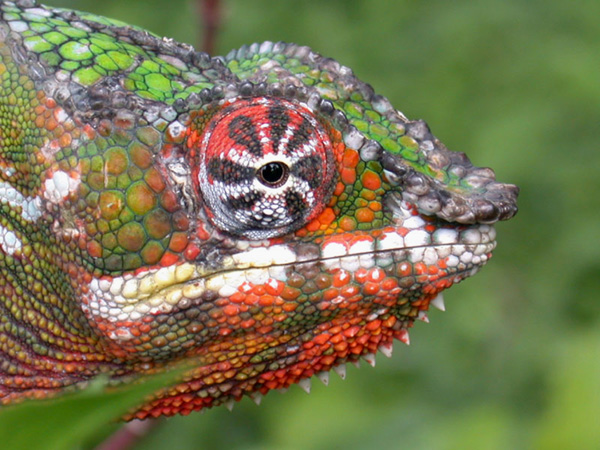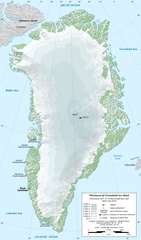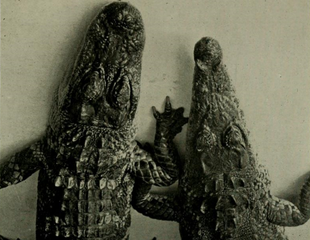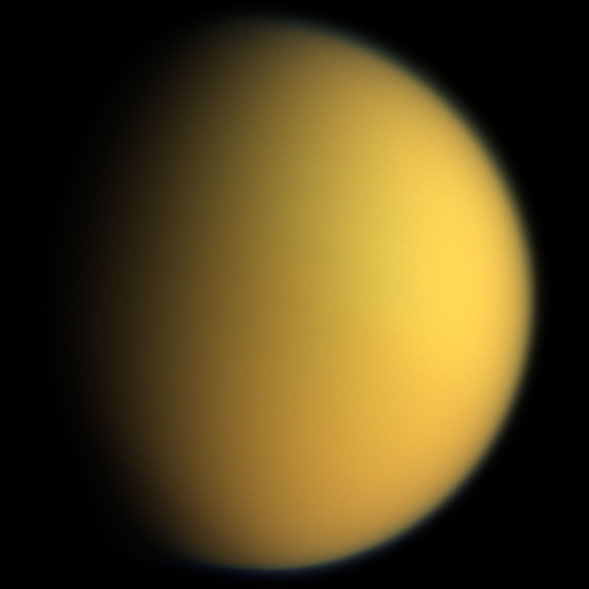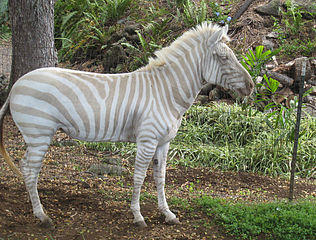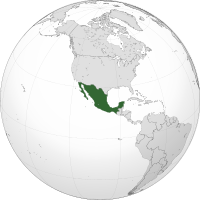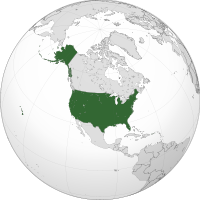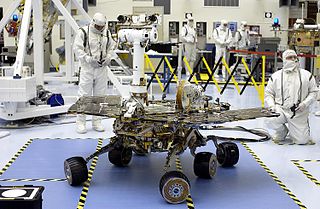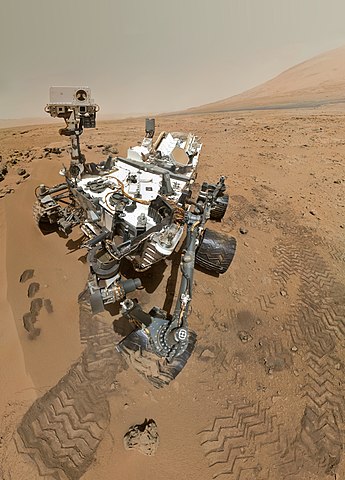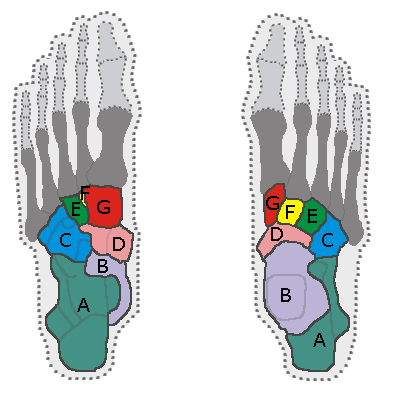Now that we've learned about
voltage,
current and
resistance,
we can try to understand an
electrical circuit.
Remember what we've learned already by comparing electricity to water flowing through a pipe:
Voltage - The speed of the water flowing through
Current - How big around the pipe is
Resistance - A part where the pipe gets smaller and makes it tougher for water to get through
When people draw pictures to represent
electrical circuits, they use special pictures and letters:

(from: wikipedia -
electrical circuit)
v with the circle and +- in it stands for
voltage.
i with an arrow stands for
current
R with the zig-zag lines stands for
resistance
So if you think of it like a water hose, the faucet is starting at
v and the
voltage
is how much you've turned on the faucet. Just a drip or full blast?.
The
current i is for how big around the hose is.
Is it just a regular garden hose, or a big fire truck hose?
The
resistance R is if there are any kinks in the hose,
or if anything is stuck in the hose.
You can see that all those things together make the water come out of the end of the hose really fast or really slow!

